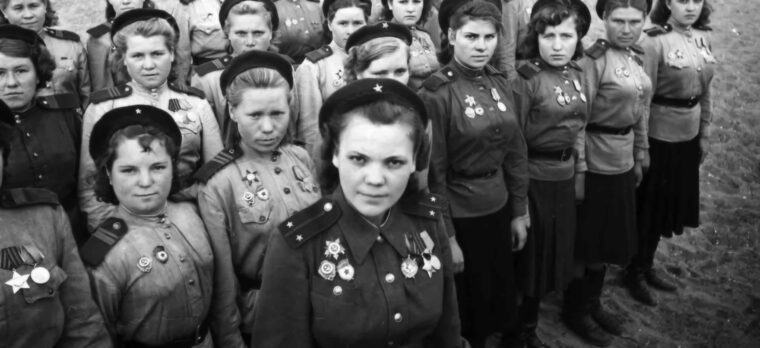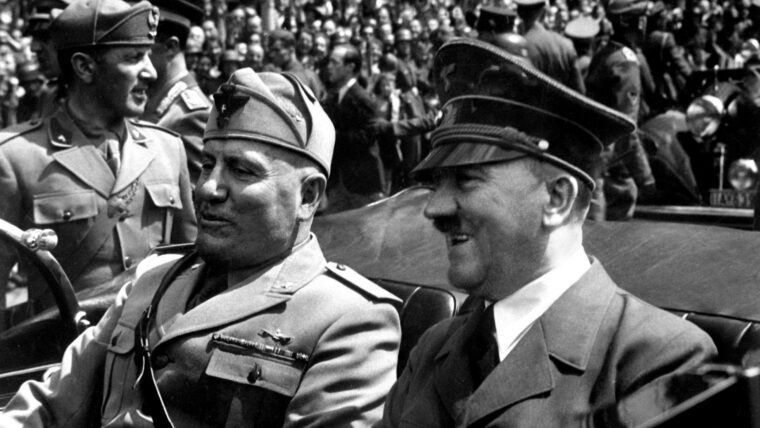
WWII
The Ill-Fated Goettge Patrol
By John WukovitsThe summer of 1942 had brought uplifting news for the United States in the Pacific Theater. After a numbing series of setbacks, including the December 1941 surprise attack on Pearl Harbor and the subsequent fall of Guam and the Philippines, the nation’s Navy had husbanded its depleted forces and, with the crucial aid of naval intelligence, halted the Japanese in the May 1942 Battle of the Coral Sea and the June Battle of Midway. Read more























